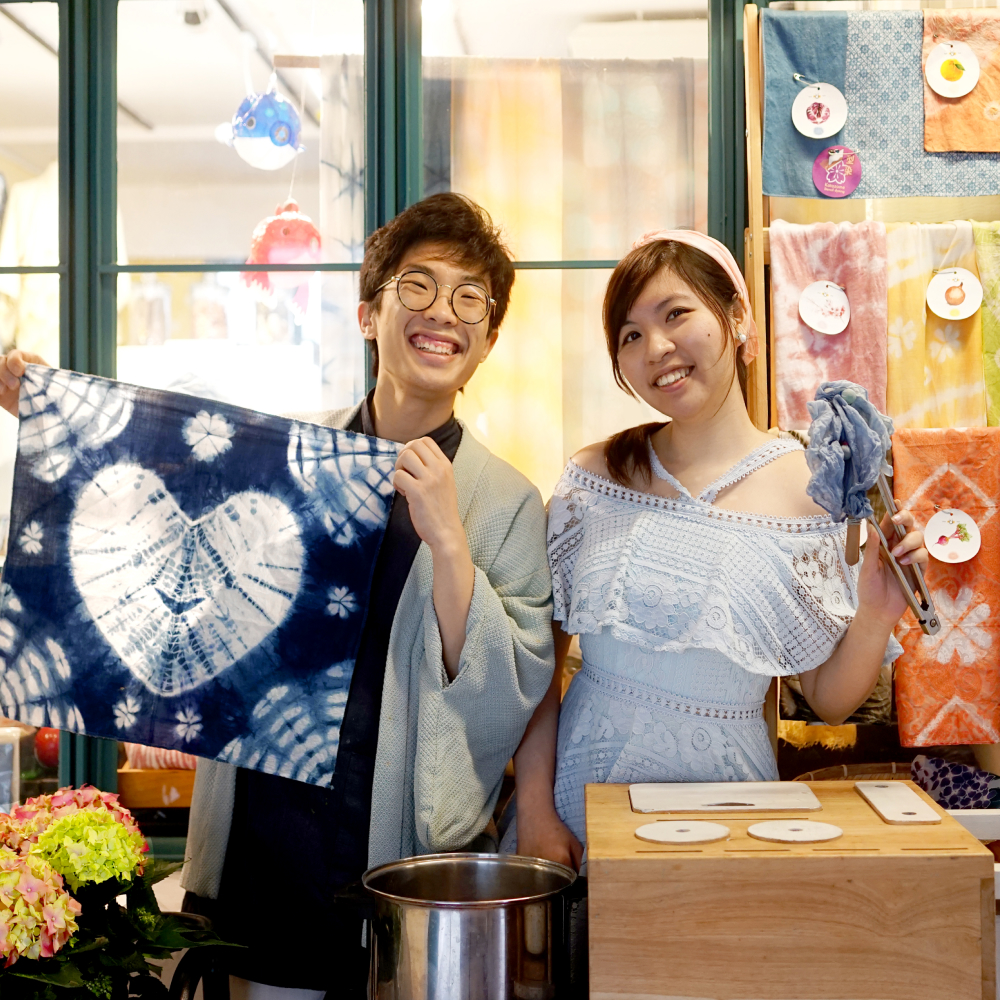A Bluegrass Land Rooted in a Bustling City
Indigo plants are indispensable raw materials in the natural dyeing process. The Indigo plant used in ReMUJI, known as "Ma Lan," is a native species of Indigo grass found in Hong Kong. Eric, the founder of "Dyelicious", visited various locations in Hong Kong, including Lychee Valley, Ma On Shan, and Tai Po, to retrieve the local Indigo and initiate a local Indigo (Hong Kong Indigo) revival project since 2018. Finally, in 2021, the Indigo garden belonging to Hong Kong was established in Pat Heung, Yuen Long. Within the 15,000 square feet of the Indigo garden, Eric allows the Hong Kong Indigo to take root and flourish. The process of extracting natural Indigo dye is not easy; the studio needs to cultivate the Indigo plants, weed, fertilize, and harvest them to extract Indigo dye for making Indigo mud. Despite the complexity of these procedures, the studio insists on handling everything naturally and manually, refusing the use of any chemicals to reduce environmental harm.






